Filters
Explore how microservices architecture can be enhanced with AI to improve performance and scalability metrics.
Explore how to implement real-time audio generation using Diffusion Transformer models with AudioX, focusing on latency and audio quality.
Learn how to effectively deploy AI models at scale using Kubernetes and serverless architectures.
Discover advanced techniques to optimize algorithms for real-time data streams and improve throughput and latency.
Discover how to improve latency and accuracy in real-time anomaly detection using federated learning.
Learn how to optimize real-time object detection on edge devices for better performance.
Explore advanced algorithm techniques to optimize eBPF-based observability, focusing on performance overhead and data accuracy.
This blog provides a data-driven guide to determine when to use quantum algorithms for performance-critical applications, offering insights into computational speedup, error rates, and resource requirements.
Explore the performance of microservices vs. monolithic architectures in ML model deployment through benchmarking.
Discover how to optimize Edge AI performance using TensorFlow Lite by reducing inference time and model size.
Explore how Rust can optimize data pipelines for superior throughput and lower latency.
Explore how edge computing enhances real-time AI inference by improving latency and throughput.
Explore advanced algorithm techniques to optimize real-time data stream processing for higher throughput and lower latency.
Explore how to implement AI agents using reinforcement learning to achieve significant metric improvements.
Explore how edge AI enhances real-time processing metrics like latency and throughput.
Discover how to achieve significant performance gains in real-time AI inference using edge computing.
This guide will help you determine when to use quantum algorithms based on computational speedup, error rates, and resource requirements.
Explore the latest trends and strategies in AI/ML deployment, focusing on edge and cloud computing to optimize latency, throughput, and cost efficiency.
Explore how edge computing can significantly enhance the performance of real-time AI inference systems.
Learn how to implement real-time AI deployment using serverless architectures to improve latency and cost-efficiency.
Learn when to use quantum algorithms over classical computing with a data-driven approach.
Learn effective strategies and best practices for deploying AI models at scale, ensuring optimal latency, throughput, and resource utilization.
Explore advanced algorithm techniques to enhance model accuracy and computational efficiency in physics-informed machine learning.
Explore the optimal use of Galois fields in cryptography applications for enhanced security and computational efficiency.
Discover how to implement efficient memory management strategies in PyTorch to handle large-scale image recognition tasks. Learn step-by-step algorithmic approaches, compare different optimization techniques, and get fully executable code samples to enhance your AI projects.
This blog will guide you through implementing differentiable geometric optics using PyTorch, complete with performance benchmarks and comparisons to traditional methods, enabling more efficient and accurate optical simulations.
How to Decrypt Encrypted Files from Akira Ransomware using GPUs with Performance Improvement
20-03-2025
Learn how to effectively decrypt files encrypted by Akira Ransomware using a combination of cryptographic techniques and GPU acceleration. This blog will provide a step-by-step algorithmic explanation, performance benchmarks, and fully executable code samples to help you secure your data efficiently.
This blog will guide you through the process of fine-tuning Google's Gemma 3 using PyTorch, providing a step-by-step algorithmic explanation, performance benchmarks, and comparisons with other approaches to ensure you achieve the best possible results.
This blog will explore how to build AI agents to query databases more efficiently.
How to Implement Efficient Bi-Directional KV Store with Lower Latency than Redis using Rust
17-03-2025
This blog will guide you through implementing a bi-directional key-value store using Rust, demonstrating how it achieves lower latency compared to Redis. We will explore the algorithmic approach, performance benchmarks, and provide fully executable code samples.
How to Implement Efficient Laplacian Mesh Smoothing using Python with Performance Improvement
17-03-2025
This blog will guide you through implementing Laplacian Mesh Smoothing in Python, providing a step-by-step algorithmic explanation, performance benchmarks, and comparisons with other smoothing techniques. You'll learn how to achieve significant performance improvements and produce high-quality smoothed meshes efficiently.
This blog will guide you through optimizing image processing algorithms in C, providing a step-by-step algorithmic explanation, performance benchmarks, and comparisons with other approaches. You'll learn how to achieve significant speedup and memory efficiency, making your applications faster and more scalable.
This blog will explore how to optimize image processing tasks in C using parallel algorithms. We will compare the performance of sequential and parallel implementations, analyze their complexity, and provide fully executable code samples. By the end, readers will understand how to leverage multi-core processors to achieve significant speedup in image processing tasks.
This blog will provide a step-by-step algorithmic explanation of optimizing image processing tasks using PyTorch. It will include performance benchmarks, complexity analysis, and runtime comparisons.
This blog will guide you through optimizing particle simulations using Rust, leveraging its performance advantages over traditional languages like C.
Learn how to significantly speed up your C++ ray tracer using SIMD for a 2x performance boost.
Learn how to implement and benchmark ANNS using FAISS in Python for significant speed improvements in nearest neighbor search.
Learn how to use LanceDB and PyArrow to achieve a 10x performance boost for your LLM applications.
Learn to significantly accelerate sparse matrix multiplication with CuPy and GPUs, achieving up to 10x speedup over traditional NumPy implementations.
This blog will guide you through the implementation and benchmarking of LZAV, a fast in-memory data compression algorithm that claims to outperform LZ4, Snappy, and Zstd in both compression and decompression speeds.
This blog will guide you through implementing the LZAV algorithm, a high-performance data compression library, demonstrating its superior speed and compression ratio compared to popular alternatives like LZ4, Snappy, and Zstd. We will provide a step-by-step algorithmic explanation, performance benchmarks, and fully executable code samples to help you integrate LZAV into your projects effectively.
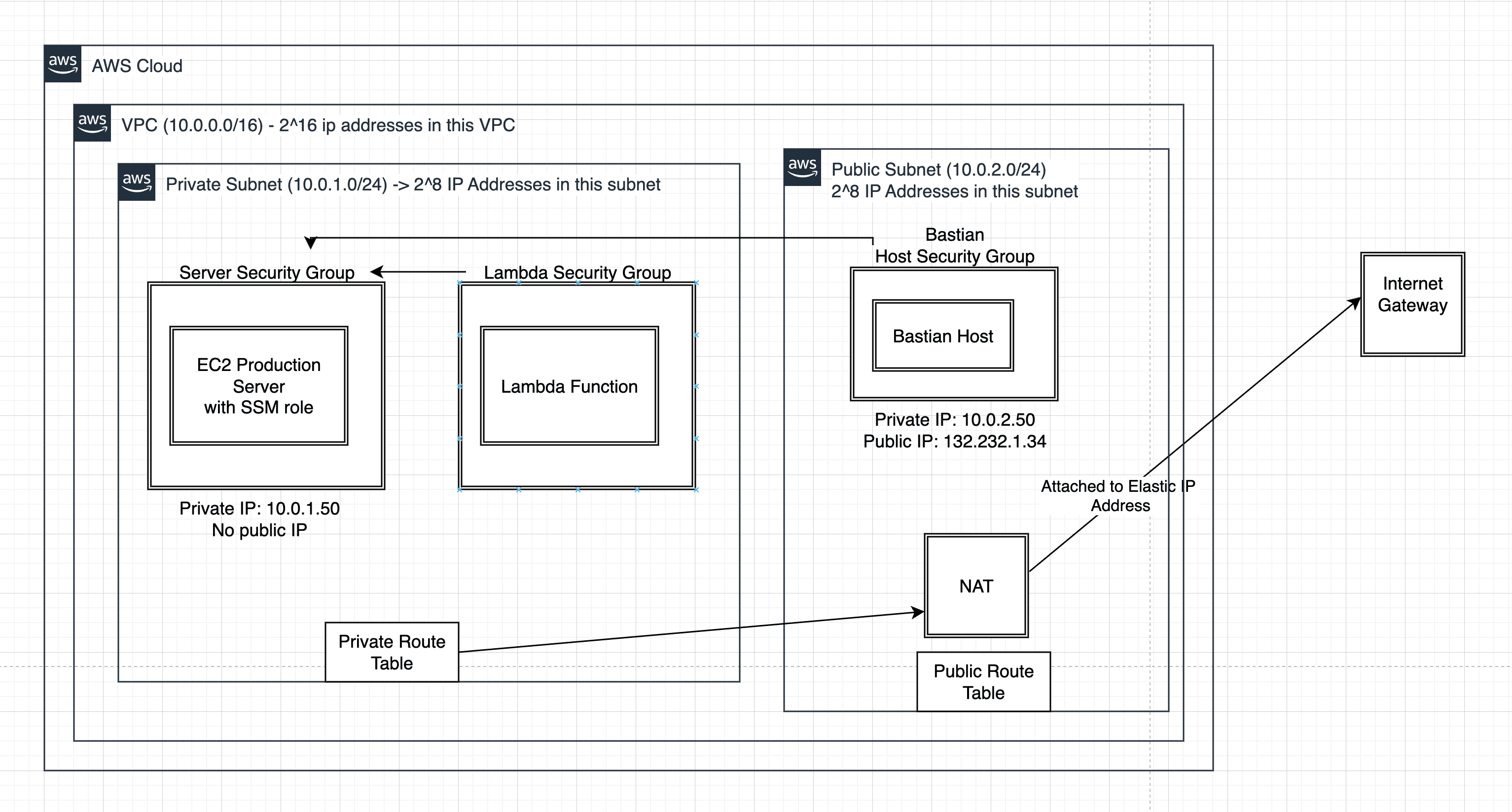
In this comprehensive blog, discover how to build a production-like AWS environment with a private EC2 server that’s isolated from the public internet, accessible only through a bastion host. We’ll walk through configuring a VPC with public and private subnets, setting up a NAT Gateway for outbound traffic, and deploying a Lambda function that securely communicates with your private server. Whether you're aiming to lock down your infrastructure or explore serverless architectures in tandem with EC2, this step-by-step guide provides the hands-on insights and examples you need.
This blog is dedicated to simplifying complex mathematical and computational concepts into understandable, actionable insights. Whether you’re exploring data structures like Sparse Tables or delving into intricate algorithmic techniques, our goal is to guide you through the theory, walk you through clear examples, and equip you with the tools to apply these ideas in your own coding projects. By breaking down problems step-by-step and providing real-world context, we strive to turn challenging topics into approachable lessons for learners at every level.
Static Range Sum queries using various Algorithms
Mastering JavaScript Iterations: forEach, map, filter, reduce, find, and the Classic for Loop
30-11-2024
An in-depth exploration of JavaScript iteration methods and best practices in asynchronous programming.
An in-depth exploration of an efficient algorithm to compute the sum of Euler's Totient Function up to a large integer N, with detailed step-by-step derivations.
In the realm of graph theory, understanding the connectivity of a network is crucial for numerous applications, from network reliability to circuit design. One fascinating aspect of connectivity is identifying 2-edge connected components in an undirected graph. These components remain connected even after the removal of any single edge, highlighting their robustness against single points of failure.
Dive deep into the Z Algorithm, a fundamental technique in string processing. This blog elucidates the problem statement with clear examples, contrasts the naive and optimized approaches, and provides a step-by-step explanation of the efficient implementation. Ideal for competitive programmers and those preparing for technical interviews, this guide equips you with the knowledge to leverage the Z Algorithm in various string-related challenges.

A comprehensive guide to understanding derangements using the inclusion and exclusion principle.

Dive into the fascinating world of combinatorics as we explore the number of ways to tile a $3 \times N$ rectangle using $2 \times 1$ tiles. This blog breaks down the problem step-by-step, deriving the recurrence relations and providing clear explanations to make complex mathematical concepts accessible to everyone.
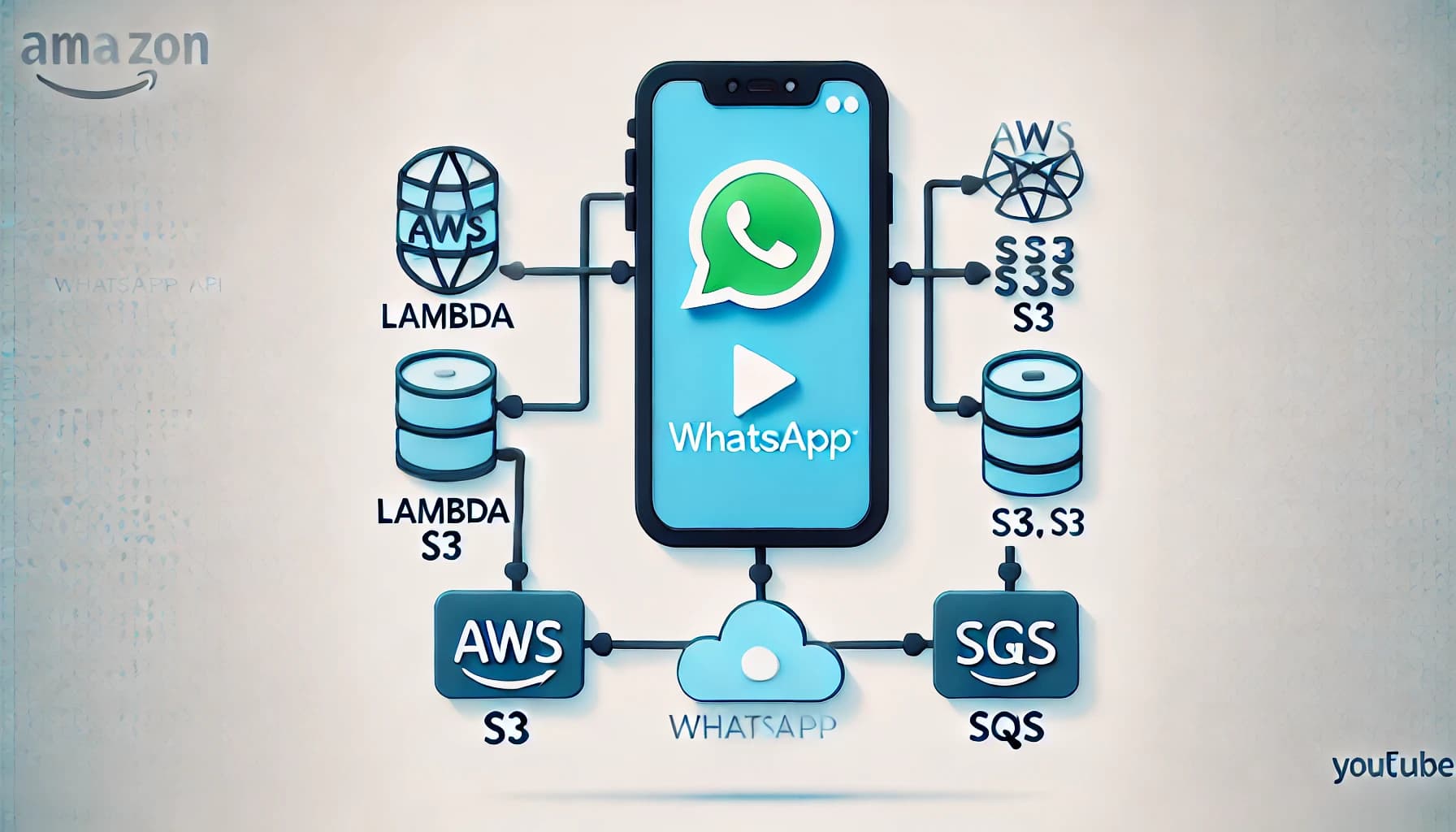
In this detailed blog, discover how we efficiently broadcasted 50,000 WhatsApp messages using the WhatsApp API. We delve into the challenges of handling large CSV uploads, optimizing API calls, and leveraging AWS services like Lambda, S3, and SQS to ensure scalability and reliability. Whether you're looking to scale your messaging solutions or enhance your understanding of serverless architectures, this guide provides actionable insights and practical code snippets to help you achieve your goals.
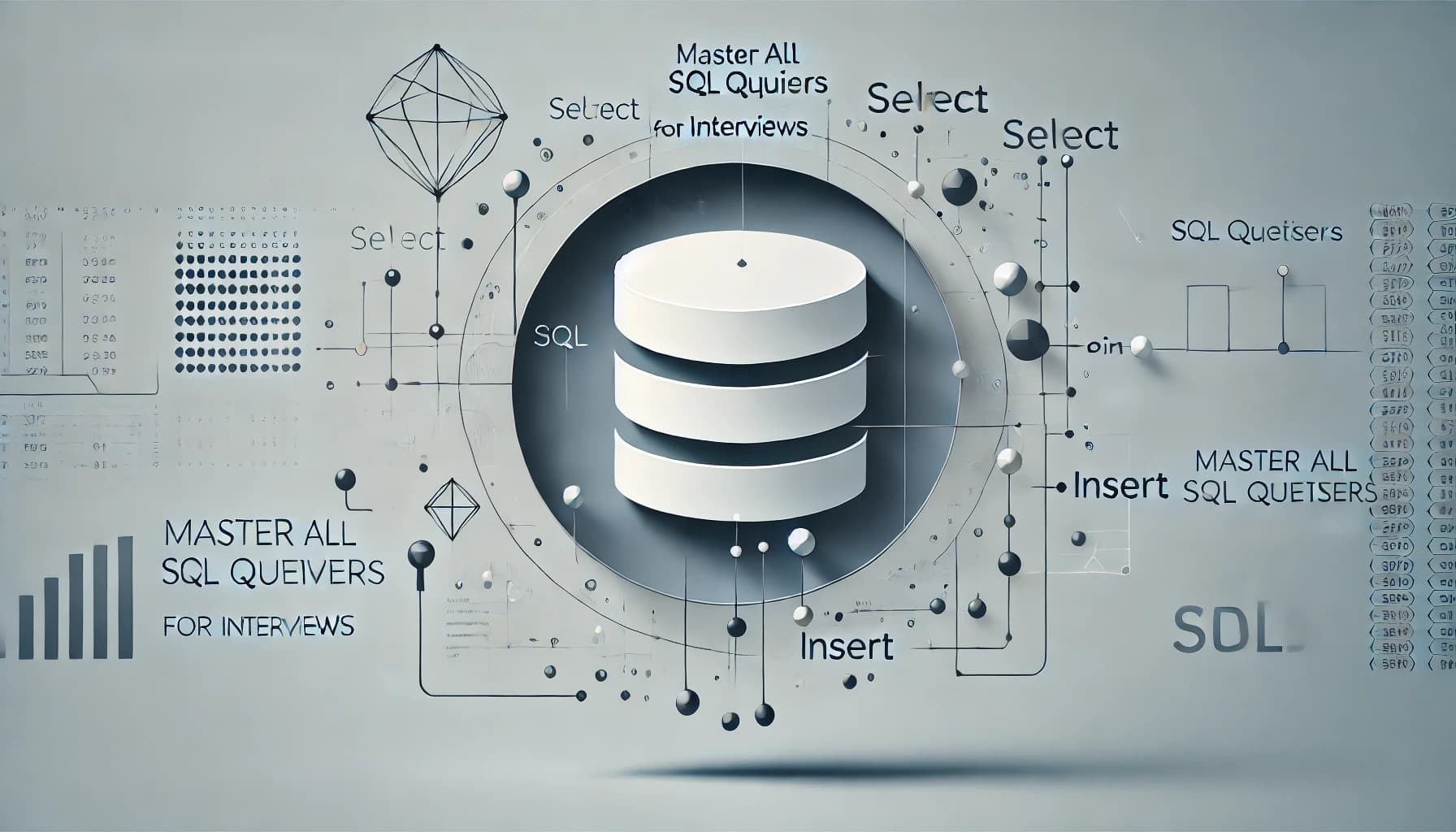
Master all SQL Queries for interviews
28-07-2024
In this comprehensive guide, you'll master essential SQL queries to ace your database-related interviews. Covering everything from basic commands like showing databases and creating tables to more advanced operations such as join queries and data manipulation, this blog provides detailed examples and observations to enhance your understanding. Whether you're a beginner looking to learn the ropes or an experienced developer aiming to refine your skills, this resource is designed to equip you with the SQL proficiency needed for interview success. Dive in and start mastering SQL today!
Analysis of Popular Sorting Algorithms
04-11-2023
Explore the most efficient Sorting Algorithms for Competitive Programming and Interviews. Learn about Bubble Sort, Quick Sort, Insertion Sort, Selection Sort, Merge Sort, Radix Sort, Count Sort, Bucket Sort, Shell Sorting, DNF Sort, Pancake Sort, and Tim Sort. Master the art of sorting with our in-depth guide.

The Problem of Dividing Balls into Boxes
23-07-2023
This document discusses various variants of the problem of dividing n balls into *m* boxes. Markdown styles and MathJax have been added to improve readability and to display mathematical equations correctly.
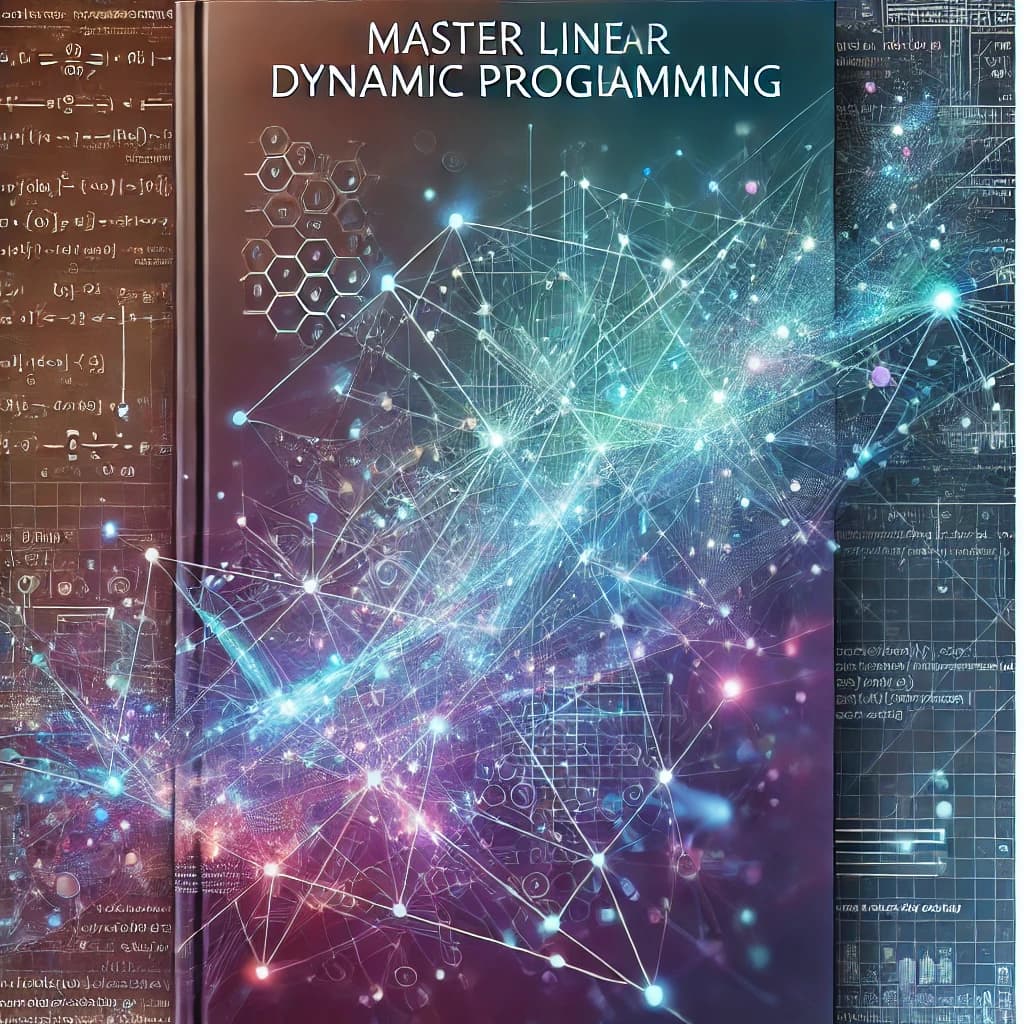
Master Linear Dynamic Programming
22-07-2023
Enhance your dynamic programming skills with our comprehensive collection of Linear DP problems from Leetcode, categorized by difficulty level and accompanied by detailed editorials"
Become a Tree Algorithms expert with our comprehensive solutions for CSES and various problem sets. Prepare for competitive programming and interviews like a pro!

Explore efficient solutions and master essential algorithms for CSES Graph problems in the CSES Problem Set. I have tried to cover most of the problems here.
Explore efficient solutions to the Sorting and Searching section in the CSES Problem Set. Master essential algorithms and optimize your code for optimal performance.
Explore efficient solutions to dynamic programming problems from the CSES problem set and other reputable sources. Improve your algorithm optimization skills and enhance your competitive programming and interview preparation
Operating Systems Notes for Interviews
08-07-2023
This blog provides short notes on operating systems, covering various topics such as types of operating systems, CPU scheduling algorithms, process synchronization, deadlock, memory management, paging, and disk scheduling.

Learn how to smoothly transition from JavaScript to TypeScript and unlock the benefits of static typing, improved code organization, and enhanced error detection during the development process.
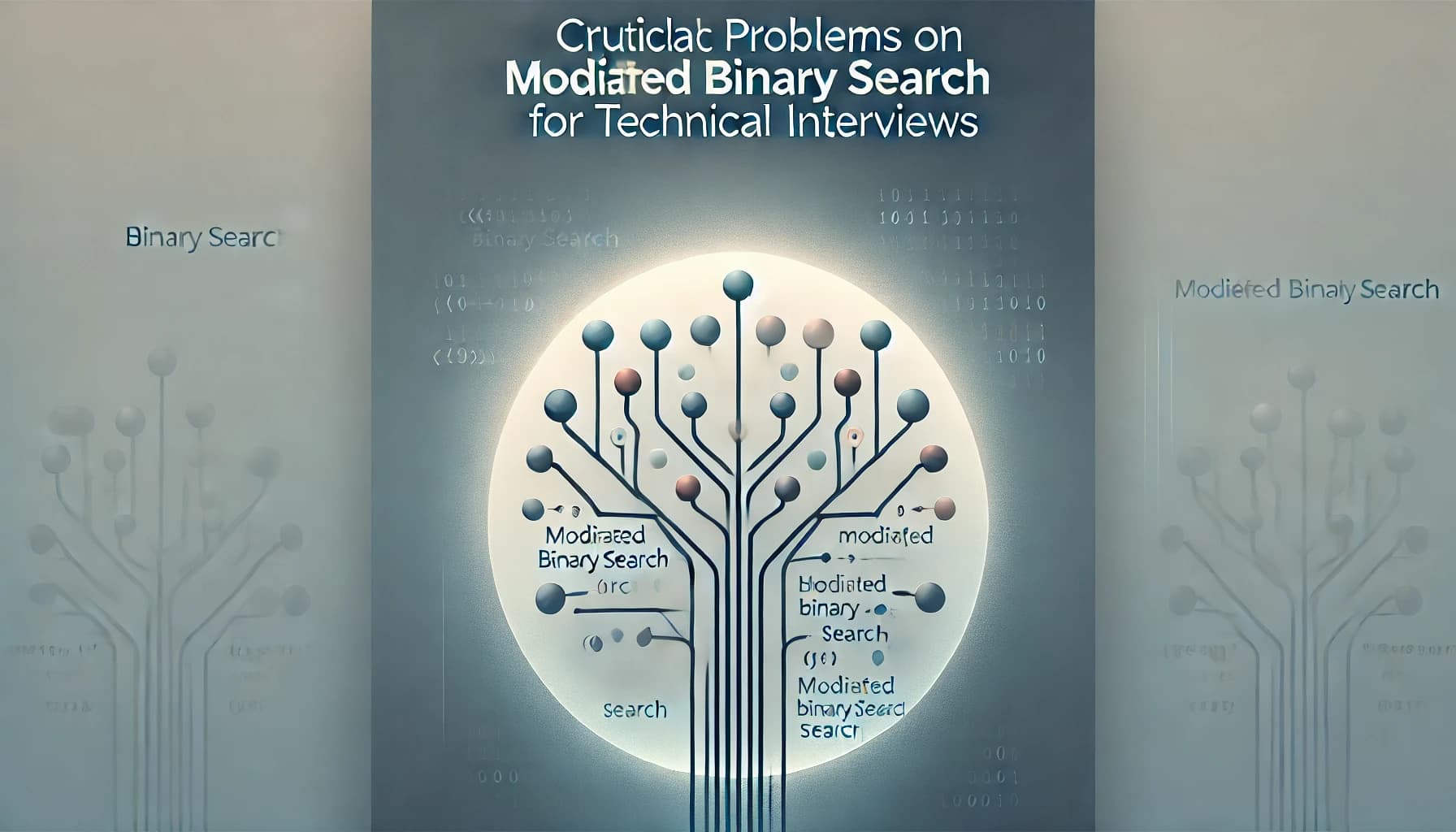
Discover important problems related to Modified Binary Search that commonly arise in technical interviews. Binary Search is a vital algorithm utilized for efficient searching of a target element in a sorted array. This blog delves into key problem variations, effective strategies, and potential pitfalls, equipping aspiring tech interviewees with essential knowledge to confidently tackle Binary Search challenges.
Uncover essential challenges and solutions related to heaps, a fundamental data structure commonly tested in interviews. This informative article delves into significant problems including heap construction, insertion, deletion, and heap sort. Explore efficient algorithms and clever techniques to optimize heap operations and handle edge cases proficiently. Enhance your understanding of heaps and elevate your problem-solving skills, equipping you for triumph in coding interviews.
Explore the essential challenges of sliding window methodologies in this comprehensive blog. Gain valuable insights into the complexities involved and discover effective strategies for overcoming obstacles in data processing. Enhance your understanding of sliding window techniques, equipping yourself with the knowledge needed to tackle these critical problems with confidence during interviews and competitive programming challenges.
Discover how to excel in solving interval overlapping problems in competitive programming, which revolve around manipulating and determining overlaps between intervals (ranges). This article guides you through the process of designing efficient algorithms to tackle these problems effectively. Learn key techniques such as sorting intervals based on start or end points and traversing them to identify overlaps, empowering you to confidently solve overlapping interval problems in competitive programming challenges.
Unlock the potential of the Two Pointer Approach with this comprehensive guide. Explore a curated selection of problems that harness the efficiency of this technique to solve a wide range of coding challenges. From basic tasks like finding pairs with a given sum to more complex problems like three-sum variants and array transformations, this guide offers real-world examples, detailed explanations, and comprehensive solutions. Sharpen your skills and gain confidence in tackling coding challenges by mastering the art of the Two Pointer Approach.
Codechef Contest Starters provide an excellent platform for budding programmers to test their coding skills and enhance their problem-solving abilities. In this blog post, we will delve into the solutions of the problems from Codechef Contest Starters 91 Div 2. By understanding these solutions, you can sharpen your coding prowess and gain valuable insights into tackling similar challenges in the future.

Learn essential strategies for scaling your web application's database to accommodate a growing user base of 10 million users. Scaling databases can be achieved through two primary methods: vertical scaling and horizontal scaling. This article provides valuable insights into selecting the most suitable approach based on your database technology and application requirements, ensuring seamless scalability for your web development projects.

An in-depth exploration of perfect covers of chessboards using dominoes, including combinatorial reasoning and mathematical proofs.
Discover the power of the Sparse Table, a highly efficient data structure for answering range queries on static arrays. This blog explores its applications in solving frequent range queries, such as finding the minimum, maximum, sum, or any other associative operation over a subarray. With a preprocessing time complexity of O(n log n) and an impressive O(1) time complexity for range queries, the Sparse Table is a valuable tool in scenarios where the array is static or undergoes infrequent changes. Enhance your understanding of this data structure to excel in interviews and competitive programming challenges.